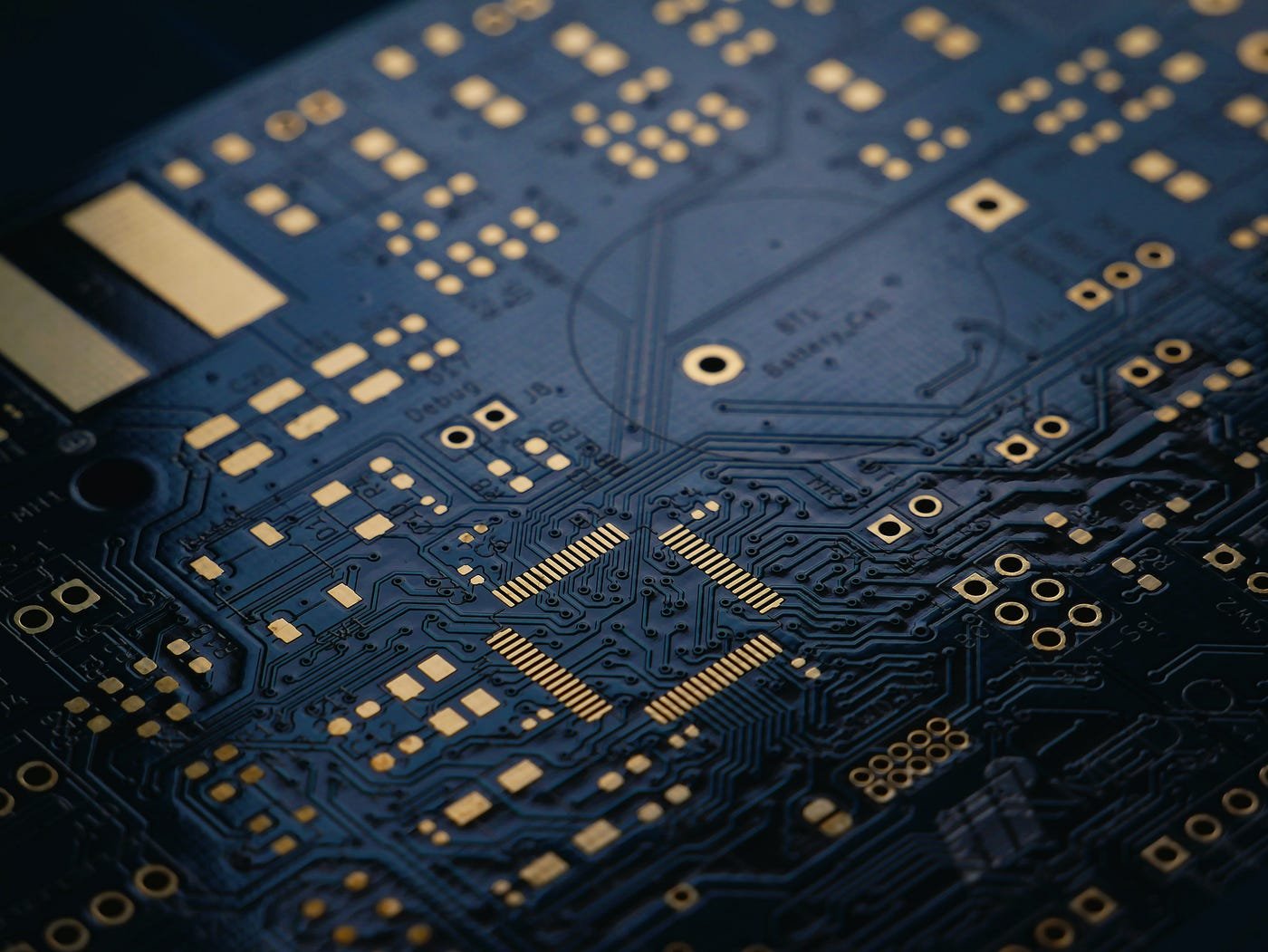In a groundbreaking development that promises to revolutionize quantum computing, researchers have unveiled a unique fusion of materials capable of showcasing an emergent form of superconductivity. This new leap forward combines the properties of superconductivity with those of ferromagnetism and topological order, potentially leading to quantum computing systems that are more robust and efficient.
Key Highlights:
- Researchers have developed a material fusion showcasing unique electrical properties.
- The breakthrough involves a magnetic topological insulator and an iron chalcogenide.
- This development paves the way for chiral topological superconductivity.
- The material system contains all components necessary for a new type of superconductivity.
- This advance could significantly impact quantum computing’s efficiency and robustness.
Unveiling the Breakthrough
The Penn State research team’s effort to merge a magnetic topological insulator with an iron chalcogenide has confirmed the presence of critical components for chiral topological superconductivity at their interface. This fusion material, named chiral topological superconductor, demonstrates properties of superconductivity, ferromagnetism, and topological order. These features mirror those of theoretical particles known as Chiral Majoranas, which could potentially serve as qubits in quantum computing, making it more robust and efficient.
A New State of Quantum Matter
In a related breakthrough, Cornell University researchers have discovered a new state of quantum matter in Uranium Ditelluride (UTe2), which shows promise as a highly promising candidate for spin-triplet, odd-parity superconductors. This discovery of a pair-density wave (PDW) state represents a significant step forward in understanding superconductivity’s complexities. The PDW state, a form of electronic quantum matter, shows that pairs of electrons can freeze into a superconductive state, forming periodic crystalline patterns in space, unlike the conventional superconductive fluid state.
The Fusion of Materials: A Gateway to Enhanced Superconductivity
The core of this breakthrough lies in the innovative combination of materials that have been engineered to demonstrate superconductivity under specific conditions. By integrating a magnetic topological insulator with an iron chalcogenide, researchers have created a platform that supports chiral topological superconductivity. This unique form of superconductivity is essential for the development of quantum computing systems that are both robust and capable of performing complex computations more efficiently than ever before.
The Path Forward
The potential of these materials to revolutionize quantum computing is immense. By improving material uniformity and quality and developing advanced devices on these heterostructures, researchers aim to bring the theoretical framework of topological quantum computing into reality. This collaboration involves experts from Penn State, the Weizmann Institute of Science, and the National Institute for Materials Science, all working towards harnessing the unique properties of these materials for quantum computing applications.
A Glimpse into the Future
The fusion of new materials represents a significant leap towards realizing robust quantum computing. By merging unique electrical properties with the elusive state of superconductivity, researchers are paving the way for a new era in computing technology. As this field continues to evolve, we can expect quantum computing to take monumental strides forward, potentially unveiling new mysteries and advancing our computational capabilities beyond current limits.
The integration of theoretical physics and material science in this research highlights the collaborative effort required to push the boundaries of what’s possible in quantum computing. As we move forward, the promise of quantum computing seems ever more within our grasp, promising a future where complex calculations and data encryption could be performed at unprecedented speeds and efficiency.



















